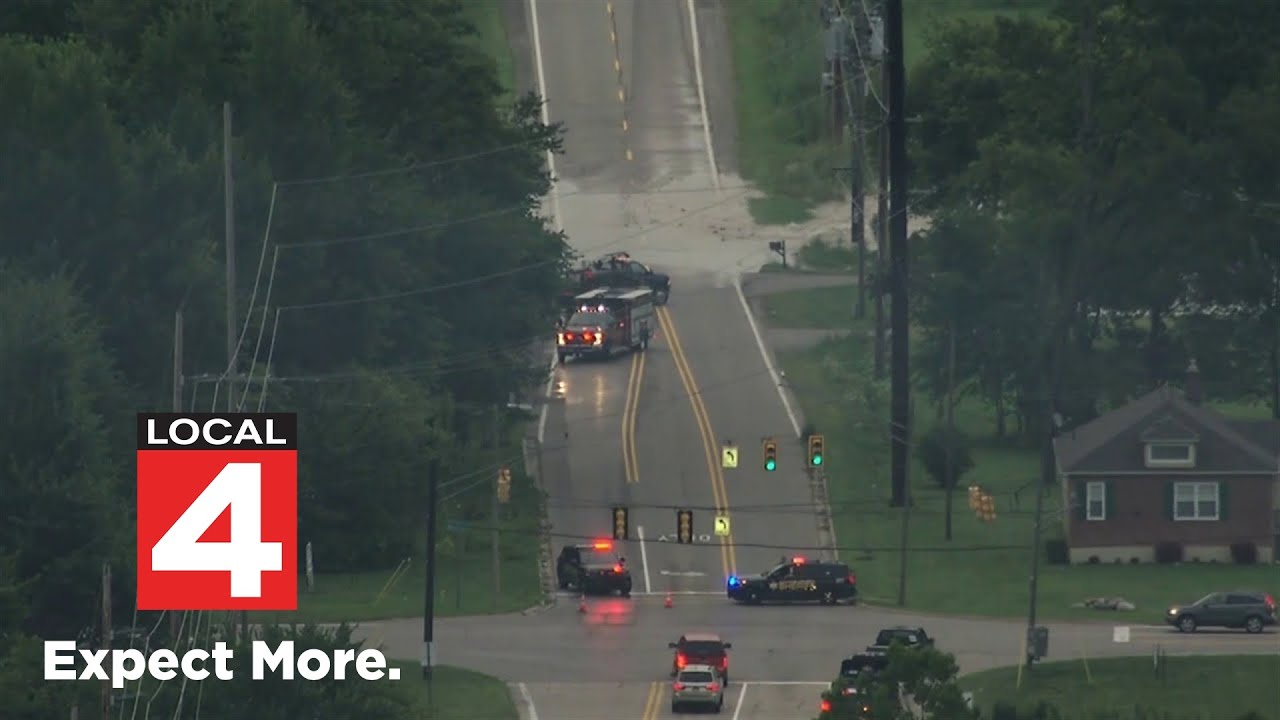Discover the Essential Steps after a Water Main Break: Protect, Assess, and Restore When a water main break occurs, chaos might ensue, leaving your property vulnerable to extensive damage. Protecting your home or business should be your top priority to prevent further harm. Acting swiftly, you can minimize the impact by shutting off the main water supply and electricity. Once the immediate danger is averted, it’s crucial to assess the situation and evaluate the extent of the damage. Inspect the affected areas thoroughly, checking for waterlogged walls, flooring, and potential safety hazards. Seeking professional assistance from a reliable plumber or restoration company is advisable to ensure a comprehensive evaluation. Lastly, restoring your property to its pre-break condition is vital. This involves drying out the affected areas, removing water and debris, and initiating the repair process. Promptly contacting your insurance provider is also essential to expedite the claims process. Our comprehensive guide will equip you with all the necessary knowledge and resources to navigate through the aftermath of a water main break with confidence. Don’t let a disaster dampen your spirits; take control and restore your property to its former glory.

Steps to Take After a Water Main Break
| Step | Description |
|---|---|
| 1 | Report the incident to the local water department or utility company immediately. Provide them with accurate details about the location and extent of the water main break. This will help expedite the repair process. |
| 2 | Shut off the main water supply to your property. This can usually be done by locating the shut-off valve, typically found near the water meter. Turning off the water supply will prevent further damage and flooding. |
| 3 | Assess the damage caused by the water main break. Check for any visible signs of water damage, such as wet walls, ceilings, or floors. Take photographs as evidence for insurance claims. |
| 4 | Dispose of any contaminated food or beverages that may have come into contact with the water. It is important to prioritize your health and safety by avoiding consumption of potentially contaminated items. |
| 5 | If necessary, contact a professional water damage restoration company to assess and mitigate the water damage. They have the expertise and equipment to efficiently dry affected areas, prevent mold growth, and restore your property to its pre-damage condition. |
| 6 | Keep a record of all expenses related to the water main break, including repairs, cleanup, and replacement costs. This documentation will be invaluable when filing an insurance claim or seeking reimbursement from responsible parties. |
| 7 | Stay informed about the progress of the repairs and any boil water advisories issued by the authorities. It is essential to follow their guidelines to ensure the safety of your drinking water until the situation is fully resolved. |
Title: “Dramatic Water Main Break Unleashes Chaos in Macomb County – Aug. 1, 2023”
What to Do After a Water Main Break
Water main breaks can occur unexpectedly and can cause significant damage to homes and infrastructure. When a water main break happens in your area, it is important to know what steps to take to ensure your safety and minimize the impact on your property. In this article, we will discuss five essential things you should do after a water main break.
1. Ensure Your Safety
The first and most crucial step after a water main break is to ensure your safety and the safety of those around you. Water main breaks can lead to flooding, which can pose a risk of electrocution if electrical equipment comes into contact with the water. If you notice any downed power lines or exposed electrical wires, stay away from the area and immediately contact the appropriate authorities.
Additionally, it is important to be cautious when walking or driving in areas affected by the water main break. The ground may be unstable, and there could be hidden hazards such as sinkholes or debris. Avoid walking or driving through flooded areas and follow any road closures or detours that have been put in place.
2. Report the Water Main Break
After ensuring your safety, the next step is to report the water main break to your local water utility company or municipality. They will have the necessary resources and expertise to address the issue promptly. Provide them with as much information as possible, including the location of the break and any visible damage or flooding in the area.
It is also important to report any water damage to your property caused by the water main break. Take photos or videos of the damage as evidence for insurance claims and contact your insurance company to start the claims process.
3. Limit Water Usage
While waiting for the water utility company to fix the water main break, it is essential to conserve water and limit usage as much as possible. Water main breaks can result in reduced water pressure or a complete loss of water supply in some cases. By limiting your water usage, you can help ensure that essential services, such as firefighting or medical emergencies, have an adequate water supply.
Avoid activities that require a significant amount of water, such as washing clothes or watering the lawn, until the water main break has been resolved. Use water only for essential tasks like drinking, cooking, and personal hygiene.
4. Clean Up and Mitigate Damage
After the water main break has been fixed and water supply is restored, you should start cleaning up and mitigating any damage caused by the flooding. If your property has been affected, remove any standing water as quickly as possible to prevent further damage and the growth of mold or mildew.
Thoroughly dry out any affected areas using fans, dehumidifiers, or open windows if weather conditions allow. Remove any damaged items or materials that cannot be salvaged and disinfect surfaces that came into contact with floodwater to prevent bacterial growth.
5. Learn from the Experience
Experiencing a water main break can be a stressful and disruptive event. Take the opportunity to learn from the experience and put measures in place to prevent or minimize future damage.
Consider installing a sump pump in your basement to help prevent flooding, especially if you live in an area prone to water main breaks. Regularly inspect and maintain your plumbing system to detect any leaks or signs of deterioration before they escalate into a major issue.
Additionally, review your homeowner’s insurance policy to ensure you have appropriate coverage for water damage caused by water main breaks. Understand the claims process and what documentation may be required to expedite the claims filing if such an event occurs again in the future.
In conclusion, knowing what to do after a water main break is crucial for your safety and the well-being of your property. By ensuring your safety, reporting the break, limiting water usage, cleaning up, and learning from the experience, you can effectively navigate through this challenging situation and minimize the impact on your life and property.

